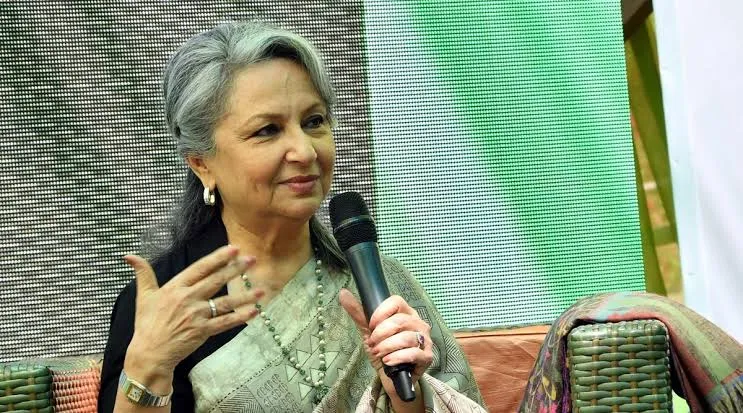Eight years after Russian airstrikes aided Syrian President Bashar al-Assad in recapturing Aleppo, marking a critical juncture in the country’s civil war, the city has again fallen into rebel hands. This development signals a significant challenge to the Assad regime, which has seen relative stability since the conflict reached a stalemate in 2020.
What Happened in Aleppo?
On Wednesday, a rebel offensive led by the jihadist group Hay’at Tahrir al-Sham (HTS) began with the rapid capture of a military base and 15 villages in northwestern Aleppo province. By cutting off the main Damascus-Aleppo highway, the rebels disrupted a vital supply route. Russia, a key Assad ally, retaliated with airstrikes.
By Friday, HTS fighters had advanced to Aleppo’s outskirts and, by Sunday, appeared to have full control of the city. In response, Syrian forces rushed reinforcements to Hama province, where fierce fighting erupted as rebels pushed southward. Concurrently, Syrian and Russian airstrikes pounded opposition-held areas.
Who Are Hay’at Tahrir al-Sham and Their Aleppo Ambitiobs
HTS, the dominant rebel faction in Syria, controls Idlib province, home to approximately 4 million people. The group, initially affiliated with al-Qaida as Jabhat al-Nusra, rebranded in 2016 after publicly severing ties with the organization. HTS now commands an estimated 30,000 fighters and is regarded as a terrorist group by the U.S.
While HTS lacks global ambitions, its rule in Idlib has raised significant human rights concerns, including allegations of extrajudicial killings and abuses against accused adversaries.
The Civil War’s Historical Context
Syria’s civil war erupted in 2011 following the violent suppression of pro-democracy protests during the Arab Spring. Initially a call for political reform, the uprising devolved into a multifaceted conflict involving numerous rebel factions supported by regional powers with conflicting agendas. Over time, extremist groups like al-Qaida affiliates and ISIS overshadowed the initial demands for a pluralistic settlement.
The war has claimed an estimated 500,000 lives, forced nearly 7 million people to flee the country, and left those who remain in a deep economic crisis. Assad, backed by Russia and Iran, has regained control of about 70% of the country. Meanwhile, rebels have been confined to the north and northwest under Turkey’s protection. A fragile ceasefire in Idlib, brokered in 2020 by Russian President Vladimir Putin and Turkish President Recep Tayyip Erdoğan, had maintained a semblance of calm until now.
Why Has the Conflict Rekindled?
HTS’s latest offensive appears to have been meticulously planned, with reports of military exercises and preparations in recent months. Analysts note that HTS has evolved into a more professional force, establishing a military college and consolidating local governance in its territories.
Geopolitical dynamics also played a critical role. Assad’s allies appear stretched thin: Hezbollah, an Iranian-backed militia crucial to Assad’s forces, has been weakened by Israeli operations in Lebanon, while Russia is preoccupied with its war in Ukraine. Additionally, Israel has escalated strikes on Iranian forces and weapons depots in Syria.
The timing of the offensive coincided with a truce in Lebanon, which may have diverted Hezbollah’s focus. Some experts suggest the rebels acted to preempt Syrian regime reinforcements, capitalizing on Hezbollah’s temporary disengagement.
Read More: Who Are Syrian Rebels HTS, And Why Have They Advanced in Aleppo?






















